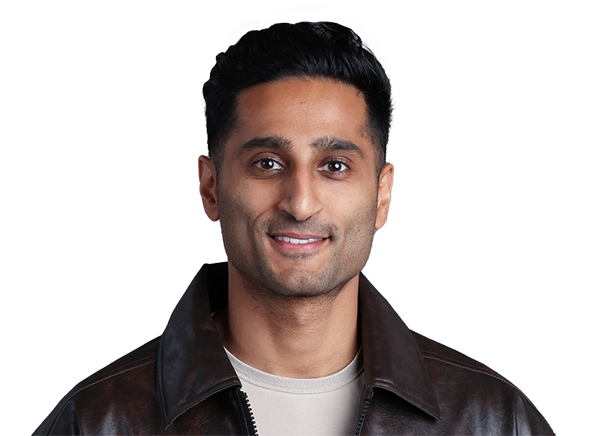
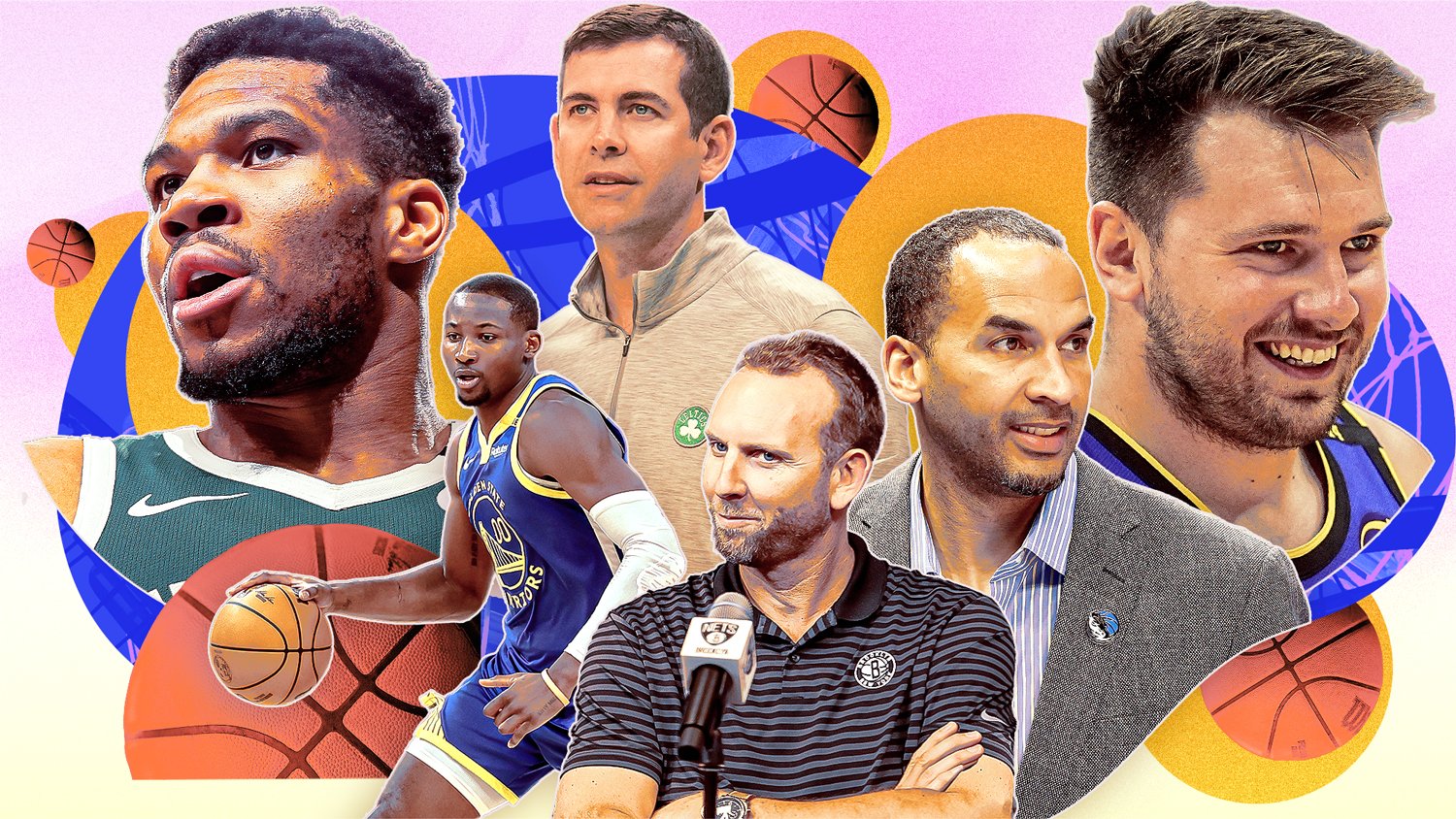
PEERING OUT OF a 27th-floor suite inside the Vdara Hotel & Spa in Las Vegas, Bronny James takes in the panoramic view. It’s mid-afternoon on July 13. He looks at the surrounding ARIA Resort & Casino grounds, where the Los Angeles Lakers‘ young prospects and roster hopefuls are making their temporary home.
He points out Shadow Creek Golf Course on the extended property; then the Bellagio fountains; then the bulbous Las Vegas Sphere, which hosted the Backstreet Boys the night before. “I would go,” James says, despite not being born during the pop icons’ heyday. “I know their stuff.”
Three days earlier, the NBA made James another featured Las Vegas headliner, pitting him and the summer league Lakers against the Dallas Mavericks and their heralded No. 1 pick, Cooper Flagg. The Lakers lost. James scored eight points on 2-for-8 shooting, including 1-for-6 from 3, and missed a potential game-winning trey in the closing seconds.
Two days later, in the Lakers’ second game, he scored 14 points and had two steals in a 94-81 win over the New Orleans Pelicans.
“My head is all over the place,” he told ESPN. “There’s so much going on in Vegas. I personally don’t like summer league at all. I like the competition and the games, but I don’t like coming to Vegas and being in Vegas … After this, I’m just doing nothing.”
It’s a decidedly different life approach than that of his father, LeBron James, who wedged in a stop in Vegas for the weekend to see his son play after a jaunt to Puerto Rico for a Bad Bunny show. LeBron will then cross the globe to Monaco for an E1 electric power boating race.
Bronny’s bio, one that would fit on the back of a basketball card, says that he was drafted less than a year after suffering a cardiac arrest during a summer workout with the USC Trojans. That he was selected by the Lakers with the No. 55 pick in the 2024 NBA draft. That he made history as part of the first father-son tandem to play in the NBA together when he checked in against the Minnesota Timberwolves for the last three minutes of the first half of the Lakers’ season opener last October.
What it won’t say is that James has never watched that game tape. He has never reviewed his two missed shots in the spot appearance that had little consequence in the Lakers’ 110-103 win.
“I just think that if you know me, I don’t really like the spotlight in big moments,” he said. “I mean, it was a great experience to be part of because it was the first son-father duo. But I’m a chill guy. I don’t like [all that]. It comes with it. But yeah, I don’t really like to go back. I mean, I’ll watch my good performances where I have some minutes under my belt, but I’m not going to go and watch that.”
It has been nine months since James’ NBA launch in L.A., and two years since his career and life were threatened on a practice court at USC. He has spent the past year working away from the spotlight to become a meaningful player. To be more feature than attraction.
His goal is to crack coach JJ Redick’s rotation, overcome lingering effects from his heart condition, and leapfrog multiple veterans on the depth chart.
The question is: How realistic is it?
THE MOST TALKED about No. 55 pick in NBA history, James played in just 181 minutes in 27 games last season. He bounced back and forth from the Lakers’ G League team. He was far more known for briefly making history than making plays.
There were very few high points. So few that before games, he watched clips of his high school highlights for a confidence boost.
But there was an unmistakable low point — and it shaped his season.
It was Jan. 28. The Lakers were in Philadelphia in the middle of a five-game road trip that started with Anthony Davis putting up 36 points and 13 rebounds in a win in Golden State, and ended with Davis being traded to Dallas for Luka Doncic shortly after the trip concluded with a win in New York.
With Gabe Vincent out because of a left knee injury and James coming off a 31-point game for the South Bay Lakers, he was called up from the G League to join the varsity club in Philadelphia.
In his 13th game and first time playing a real role in the rotation at backup point guard, James was exposed. In 15 minutes, he went 0-for-5 with three turnovers. He was targeted relentlessly by Tyrese Maxey, as the Sixers guard exploded for 43 points to lead Philly to the win without Joel Embiid or Paul George.
Afterward, Redick — a first-year coach — took the blame, saying he put James in a “tough spot.”
The critics who said L.A. wasted its second-round pick, that selecting James was nothing more than a nepotism play to appease his father, piled on, continuing a level of scrutiny no late second-round selection before him had endured.
For James, the outside chatter didn’t matter nearly as much as the performance.
“It was definitely like, ‘OK, this is where I stand right now, I need to just be better,'” he said. “I need to get in the gym, get extra shots up, work on my body, work on my IQ, watch film, stuff like that with the coaches. So, it was definitely an eye-opener for me.”
It was his welcome-to-the-NBA moment.
“I don’t take it for granted,” he said. “It was an experience I definitely should have gone through.”
He finished the road trip with mop-up minutes against the Washington Wizards and New York Knicks before returning to the G League for much of February. He struggled in his first game back with South Bay — 5-for-17 and six turnovers with a plus-minus of minus-18 in a 105-101 loss to the Oklahoma City Blue.
James’ coach in South Bay is 37-year-old Zach Guthrie. He was in his first year with the Lakers’ G League program after spending his first decade in basketball as a video coordinator with San Antonio, director of advanced scouting with Orlando and an assistant coach in Utah, Dallas and Washington.
A month into the season, Guthrie made a pact with James that he would be the team’s lead guard through whatever inconsistency the club encountered. “It was just like, ‘You’re the point guard, we’re doing this,'” Guthrie told ESPN. “I was just like, ‘It’s your show, let’s go.’ ‘The ball’s in your hands the entire game. We’re living and dying with it.'”
Guthrie catered his offense to James, running “Spain” pick-and-rolls — where the action is stacked in the middle of the floor and a third offensive player will screen for the screener, creating a variety of options for the point guard to sift through in real time — over and over until he mastered it.
“‘You’re going to get really good at reading this one play,'” Guthrie told him. “And I think it’s the most point guard-friendly play. And so it was like, ‘We’re going to run this to death, and you’re going to learn all the reads.'”
There was one stipulation. To keep the keys, James had to be locked in defensively.
“‘All I’m asking is you got to guard,'” Guthrie told James. “‘And I’m going to hold you to a crazy standard. And if you’re not defending, if you’re being lazy … I’m going to sub you out, I’m going to show it to the team. And that’s it. And then you’re going to play to exhaustion.'”
It worked. Rebounding from his Oklahoma City struggles, James closed out the G League season averaging 22.8 points, 5.6 assists, 5.1 rebounds and 1.6 steals while shooting 36.7% from 3 in the last seven games. South Bay went 5-2.
Redick knew about the pact — and monitored his progress closely. Watching James, he said, reminded him of a conversation he had with his 10-year-old son, Knox, after he faced stiff competition at AAU Nationals in July.
“They played a really good team, and they had a number of kids that were big and strong and really talented,” Redick said. “And Knox kind of had a crisis-of-confidence moment.”
Knox is as far away on the basketball spectrum from Bronny as Bronny is from his dad.
But there is a universal truth that applies at every stage.
“The thing I shared with him was like, ‘Knox, this is the good stuff. When you fail, that’s the good stuff,'” Redick said. “That’s how you get better. … He comes back from that trip, and it was, ‘Dad, I want to get stronger. I need to get stronger.’ It’s like, how else are we going to grow if we don’t test ourselves and fail?”
FAILURE, OF COURSE, is a relative term for James. After going into cardiac arrest two years ago because of a congenital heart defect, requiring surgery that left a 6-inch scar down the center of his chest, wins and losses on a basketball court take on a different scope.
Lakers guard Gabe Vincent, with whom James has grown close, sees the experience as a valuable mental edge for his teammate.
“Having the game taken away from you at a younger age in the way he did, whether it be injury or whatever it was, I think it gave him a different appreciation,” Vincent told ESPN.
“I think it forces you to have a different kind of fight. It puts a chip on your shoulder. Everyone needs a chip, but it gives you a different kind of belief in yourself as you’re battling back. You kind of have to climb uphill. And so that builds a lot of resolve.”
Though such perspective has helped steel him, James says he still feels lingering physical effects.
“I get kind of sick easier now,” he said. “Which is kind of weird, but I think it messed with my immune system a little bit. So, I would have times where I have to sit out, and that conditioning that I’m working on just goes away in that week of me being out.”
It happened this summer, with an illness keeping him out of a week’s worth of workouts leading up to the California Classic. His conditioning suffered, and the team held him out of the opener in San Francisco. Then, he was on a minutes restriction in his second game.
“Anytime you have a situation like this, it takes some time for the body’s collaborative immune system to build back up,” Lakers athletic trainer Mike Mancias told ESPN. “It’s very normal to have even elite athletes experience this. But because of Bronny’s age and condition, it [will happen] even faster.”
But considering his primary goal from the coaching staff, his situation can seem Sisyphean.
“The biggest thing for Bronny is that he has to get in elite shape,” Redick told ESPN. “That’s the barrier of entry for him right now. And if he does that, I think he’s got a chance to be a really fantastic player in the NBA.”
Redick points to the 6-2, 205-pound Davion Mitchell of the Miami Heat or his friend and former teammate, the 6-1, 190-pound T.J. McConnell of the Indiana Pacers, as examples of the type of game changer James can become. But part of their skill sets is a two-way relentlessness that requires tremendous stamina, a physical output James has not sustained.
“On every single possession, they’re in the game — whether that’s offensively or defensively — they’re able to impact it with how hard they play,” Redick said. “With the defensive pickup points, the disruption, being able to get downhill … I think we have all seen these amazing flashes of it from Bronny. And to get to that next level for him, it’s cardio fitness.
“He’s cleared. … I get that there’s a history there of a really scary thing that he had to live through, and I think it’s tough to push past certain points for him, but he’s going to get there. He’s going to get there.”
Guthrie has already seen progress.
“His conditioning is like a basketball 401(k),” Guthrie said. “It is all about daily deposits. And sometimes, when you don’t make as much money or you have a life event, you’re going to have to take a little out of your 401(k), or you’re not putting in as much. …Yeah, there’s going to be sometimes he’s sick or this or that, but if he just stays vigilant and stays about his work, I think he will be fine. That 401(k) will be great because he’s been putting in the work starting now, starting in the offseason, focusing on his diet, focusing on sleep, focusing on all those things. That’s all part of conditioning. It’s all tied together.”
The consistency is something he has picked up from his dad. “I think that’s a big part of why his longevity is just so crazy and he’s able to withstand so much for 20-plus years,” James said. “I see a lot of guys that don’t want to get in an ice bath after practice or don’t want to get treatment.”
In offseason workouts, he endures interval training — VersaClimber sessions, stationary bike burnouts, incline walk exertions, windsprints — to supplement scrimmaging and skill work. (Knowing his jumper will also be key to earning playing time, James finishes his workouts with a curated 105-shot shooting drill. His goal is to make 80 shots.)
The approach has earned him support inside the locker room.
“We might be competing for minutes down the line, but as a teammate, as a human, as a person, I want nothing but the best for him,” Vincent said. “And it only makes the Lakers better if we’re having competitions for depth chart spots.”
Vincent was courtside in Las Vegas for the Lakers’ win over New Orleans. James was assigned to defend Pelicans’ No. 7 pick Jeremiah Fears, an athletic, 6-foot-4 guard. James helped L.A. hold the hyped prospect to 5-for-21 shooting with three turnovers.
“After the game against the Pels, I just sent him a text the following day: ‘Hey, I don’t know what you’re being told in the background, but I liked what I saw,”‘ Vincent texted. “‘You were aggressive … You were on the main guy.’ …
“It’s hard, I think, sometimes in Laker Land and sometimes as a young player with expectations on him, to have a big-picture mindset and to look at the overall thing,” Vincent said. “But for me, we’ve seen the growth in him from Year 1 to now, so it’s important to just continue to rise.”
DURING THE FIRST possession James played in summer league, against the Heat in San Francisco, his rise was on display. Literally.
As soon as Miami’s Kasparas Jakucionis turned his back to spin around L.A.’s DJ Steward, James sped up from his blind side to poke away the ball. He then gathered it near midcourt, dribbled twice and took off from a foot inside the foul line, finishing at the hoop with a one-handed hammer.
In the suite at the Vdara, one of his confidants says James might not have punctuated the play with a dunk a year ago. James agrees.
“Last year,” he said, “I probably would’ve had a little rim grazer, layup type of finish.”
He might not have had that moment a few months ago.
In April, the Lakers closed out the regular season at the Portland Trail Blazers with the No. 3 seed locked up against a Blazers team already eliminated from postseason contention. Redick rested his top rotation players and emptied the bench, which meant James got the first start of his career.
Though he had stabilized in the G League by this point and had a couple of notable games with the Lakers — contributing five points, two rebounds and a steal in a near road upset in Denver while LeBron and Doncic rested, and scoring a season-high 17 points on 7-for-10 shooting with five assists less than a week later against the Milwaukee Bucks — the first half of the finale in Portland was a regression.
James had two points on 1-for-4 shooting with two turnovers, and L.A. trailed by 15 at the break. And Redick let him hear it.
“It was the only time I really got on him all year,” Redick said. “The thing I said to him was: My belief in you as a player can’t be higher than your belief in you. And the standard you hold yourself has to be higher than the standard I’m going to hold you to.”
It’s a delicate balance the 20-year-old James is working to strike, with daily deposits.
Every bit, every day is making him believe.
“My confidence level is, for sure, taking a leap.”
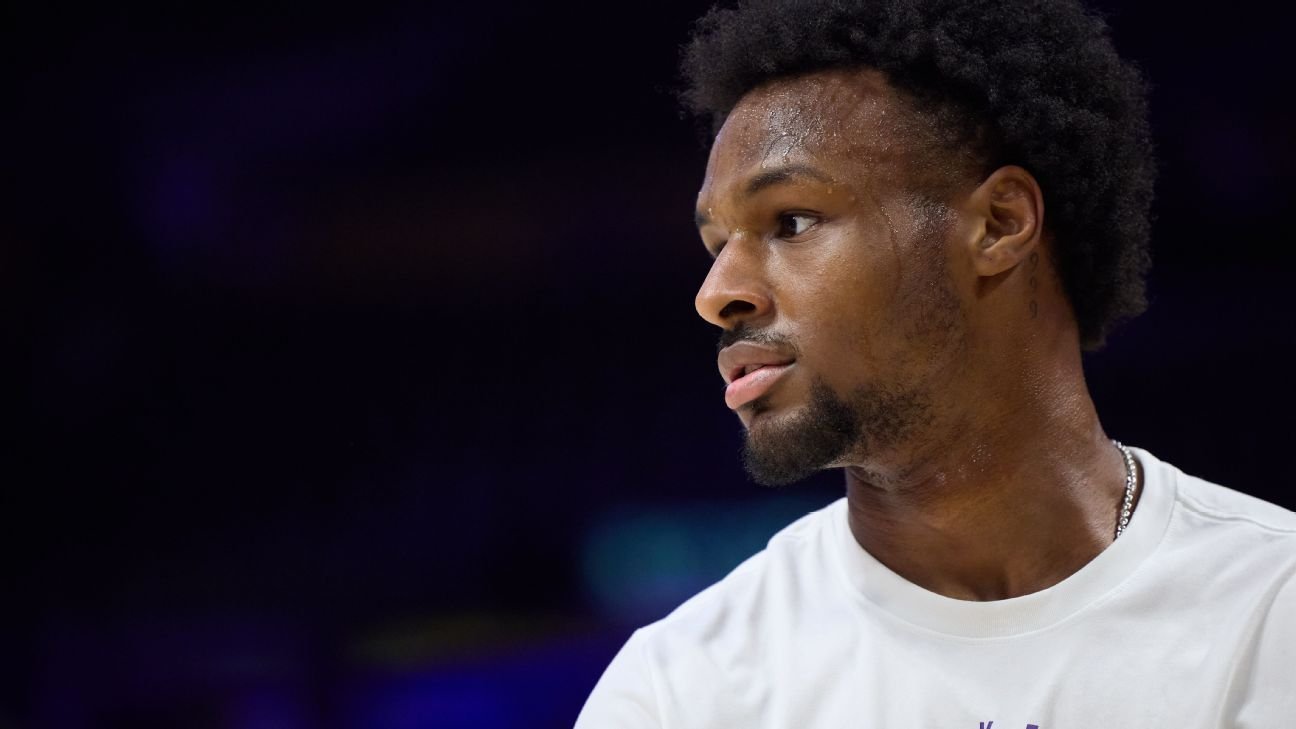
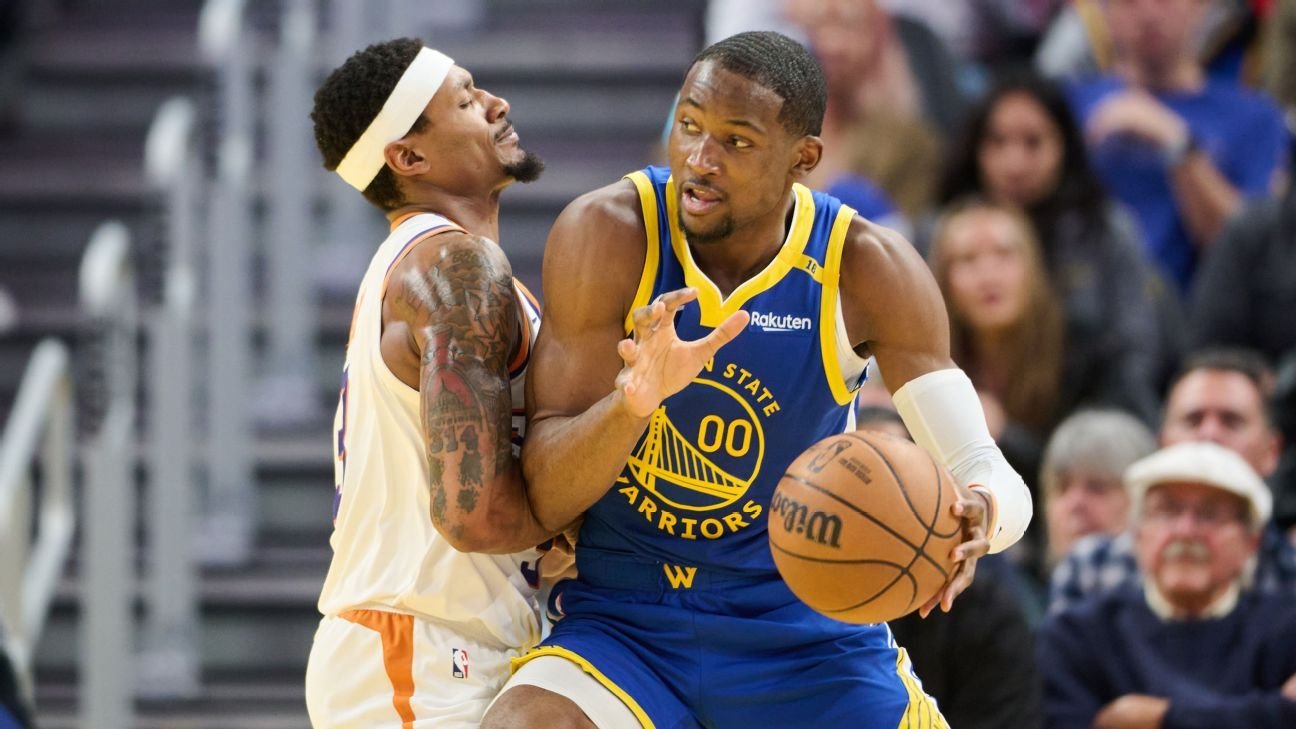
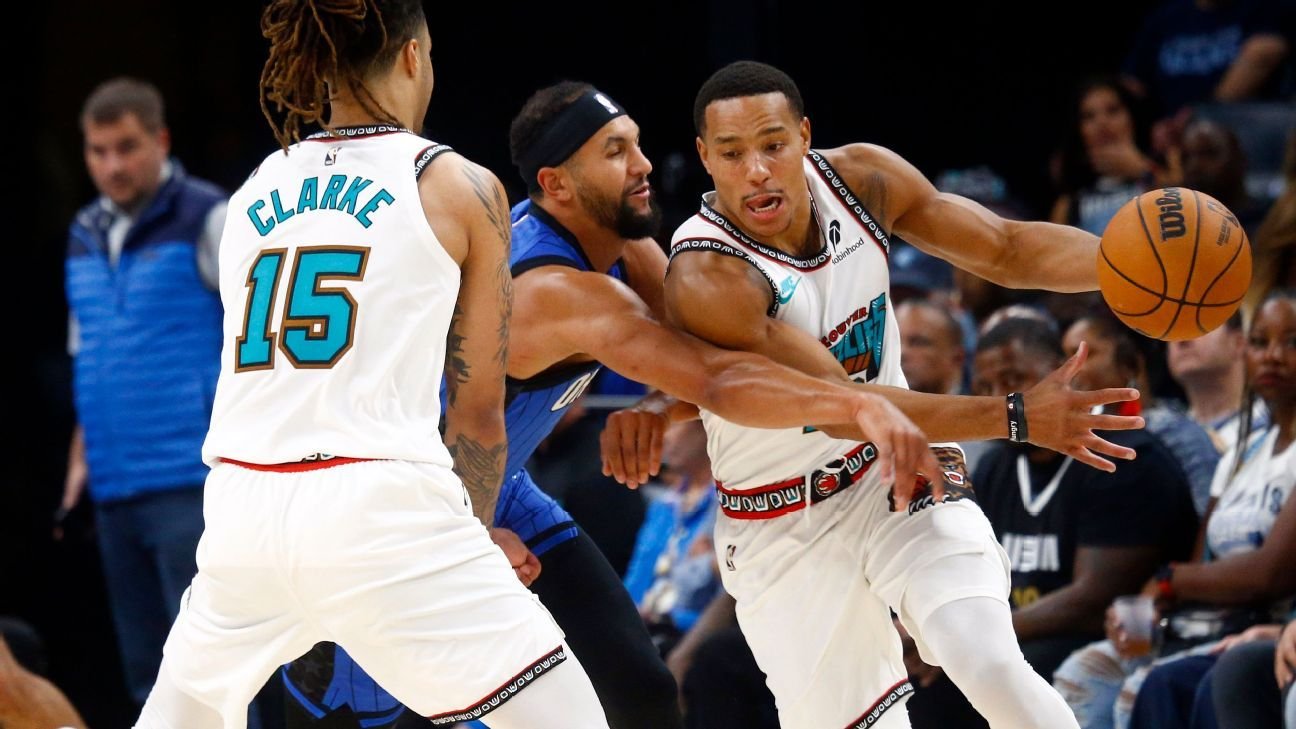
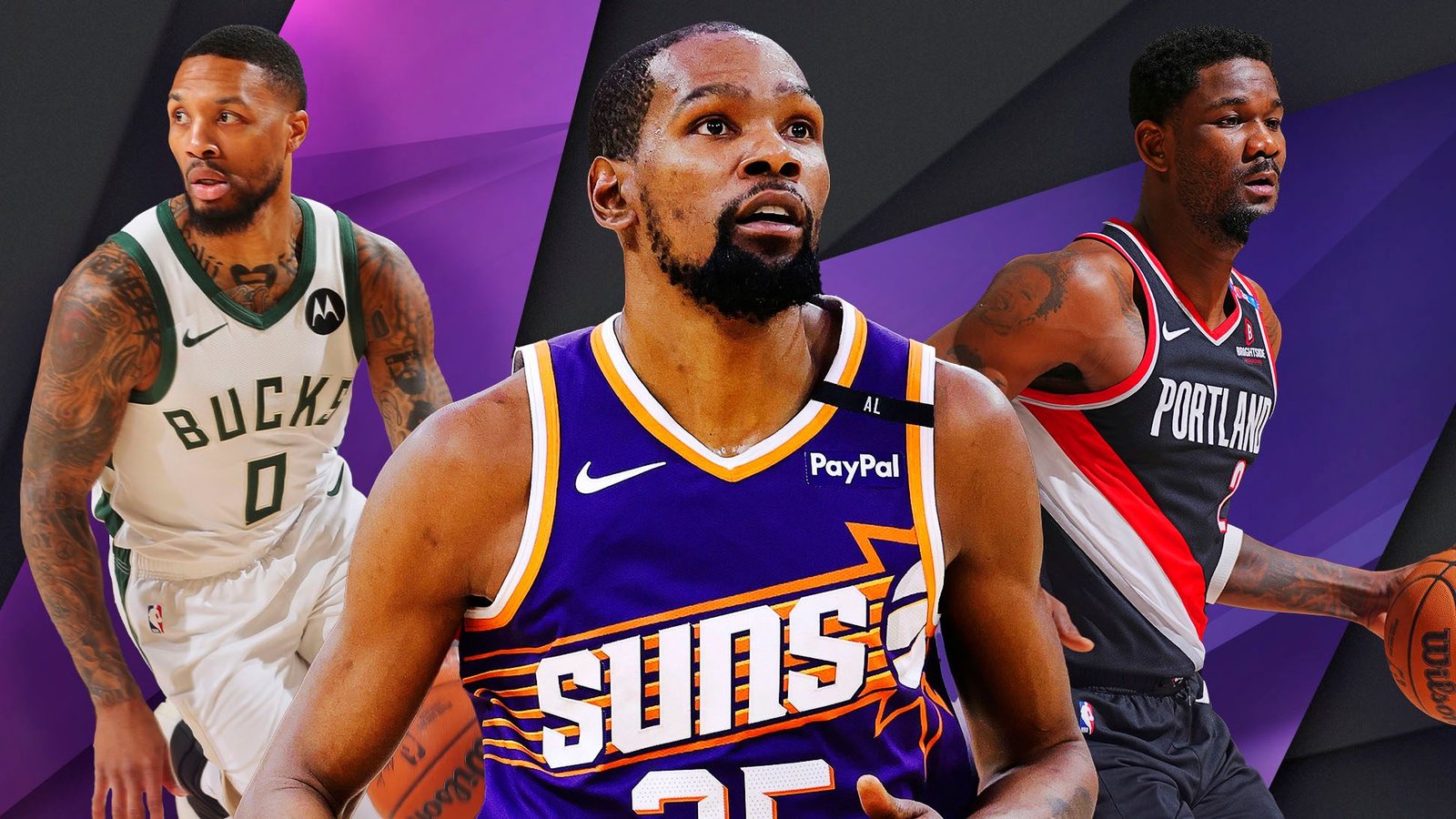
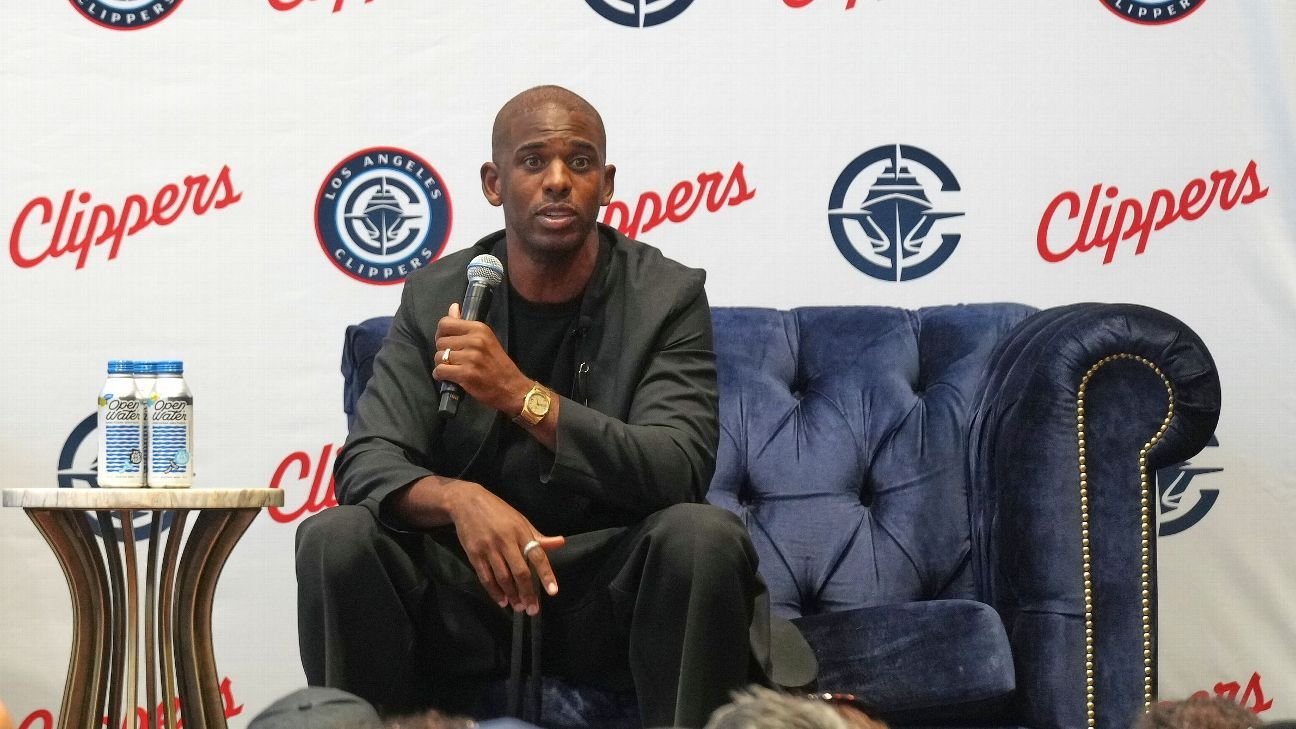

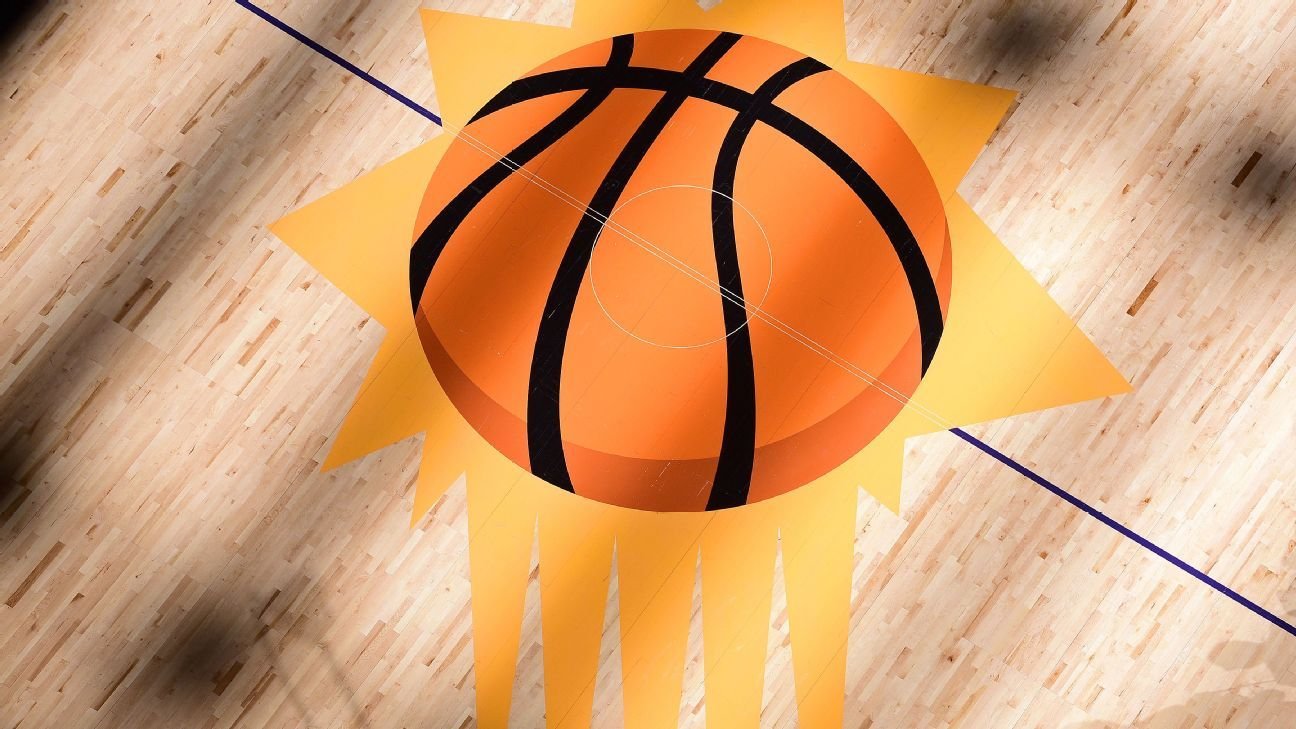
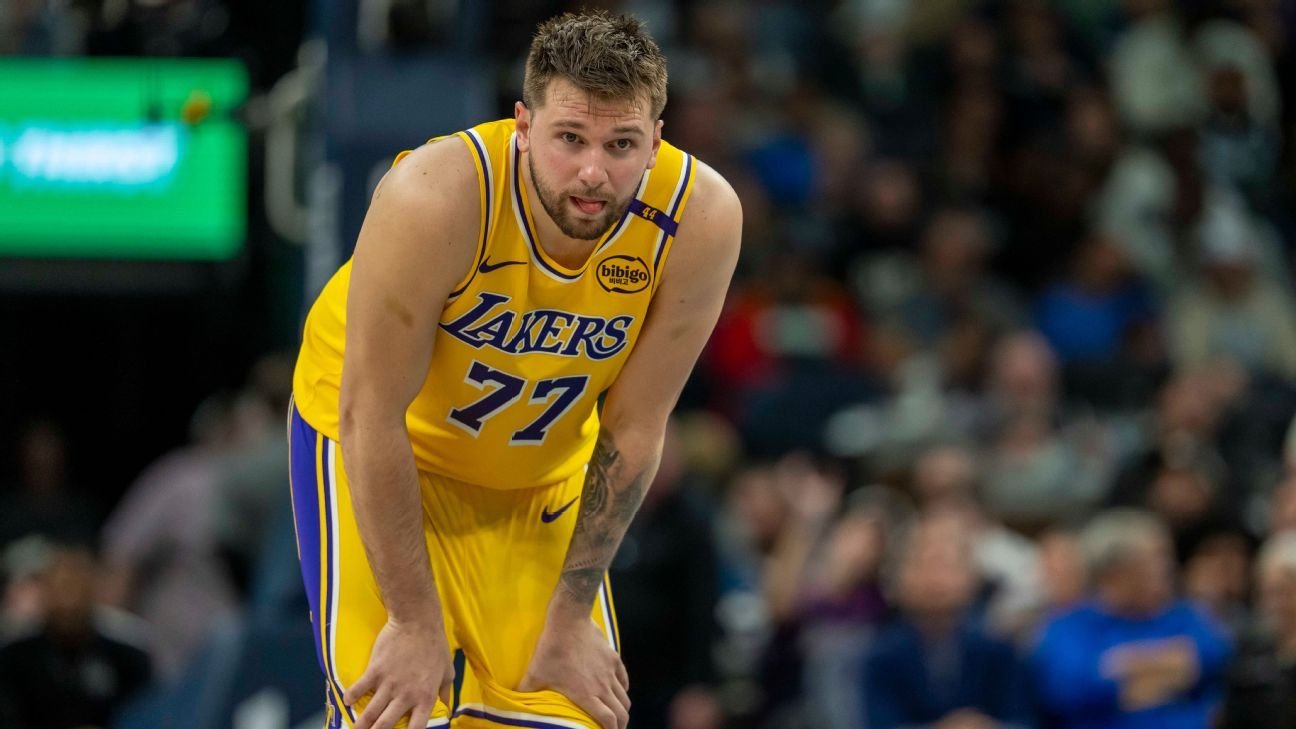
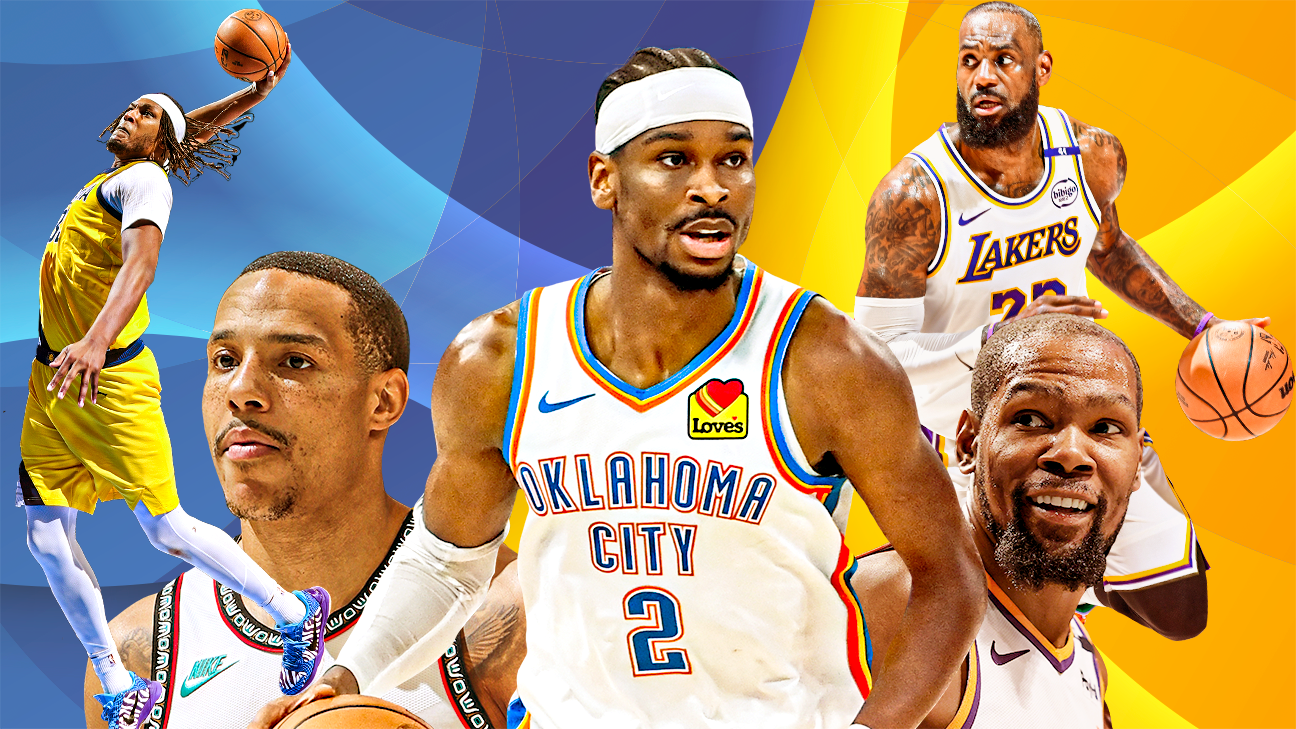
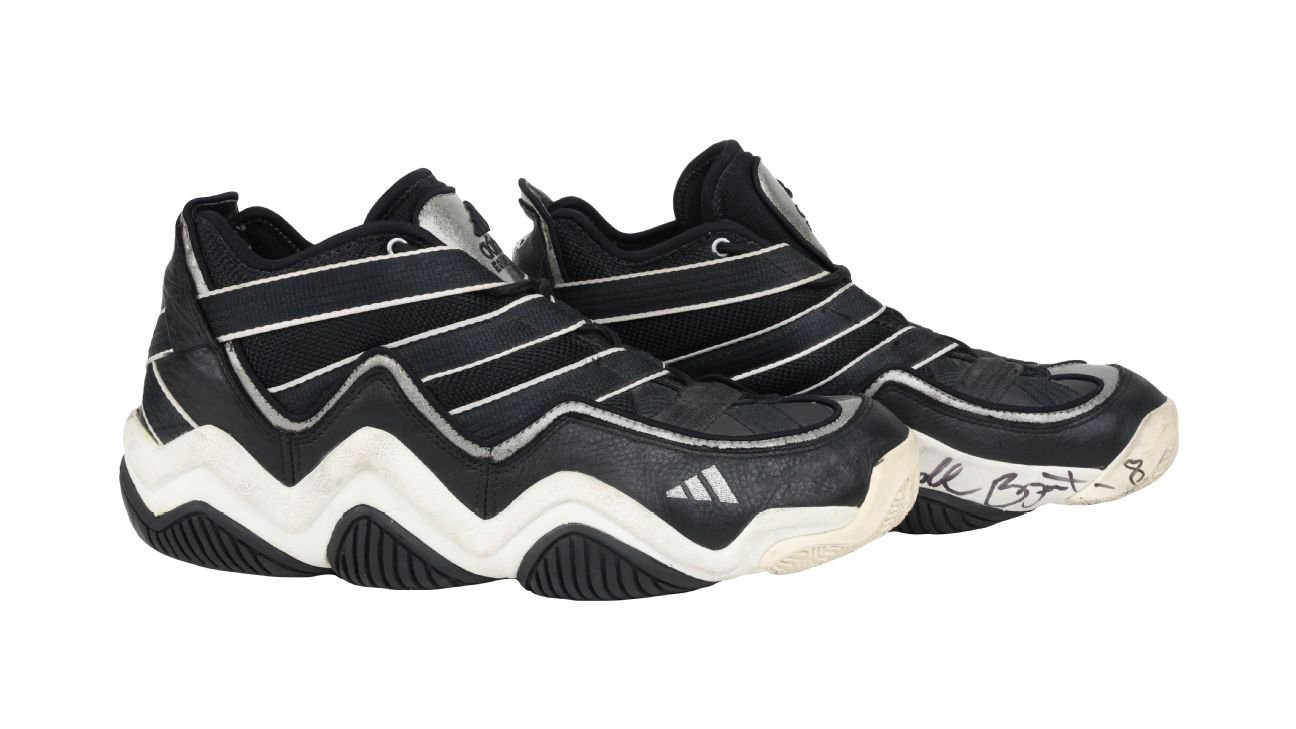
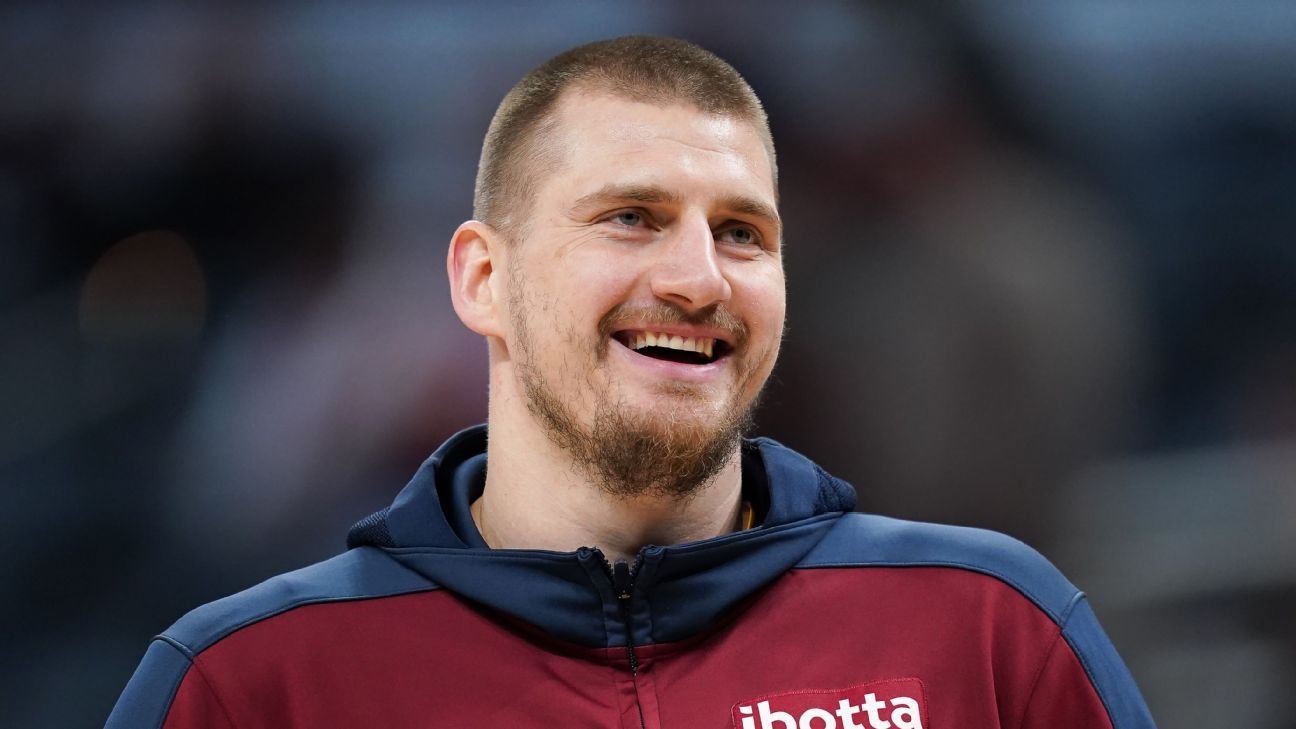
Leave a Reply